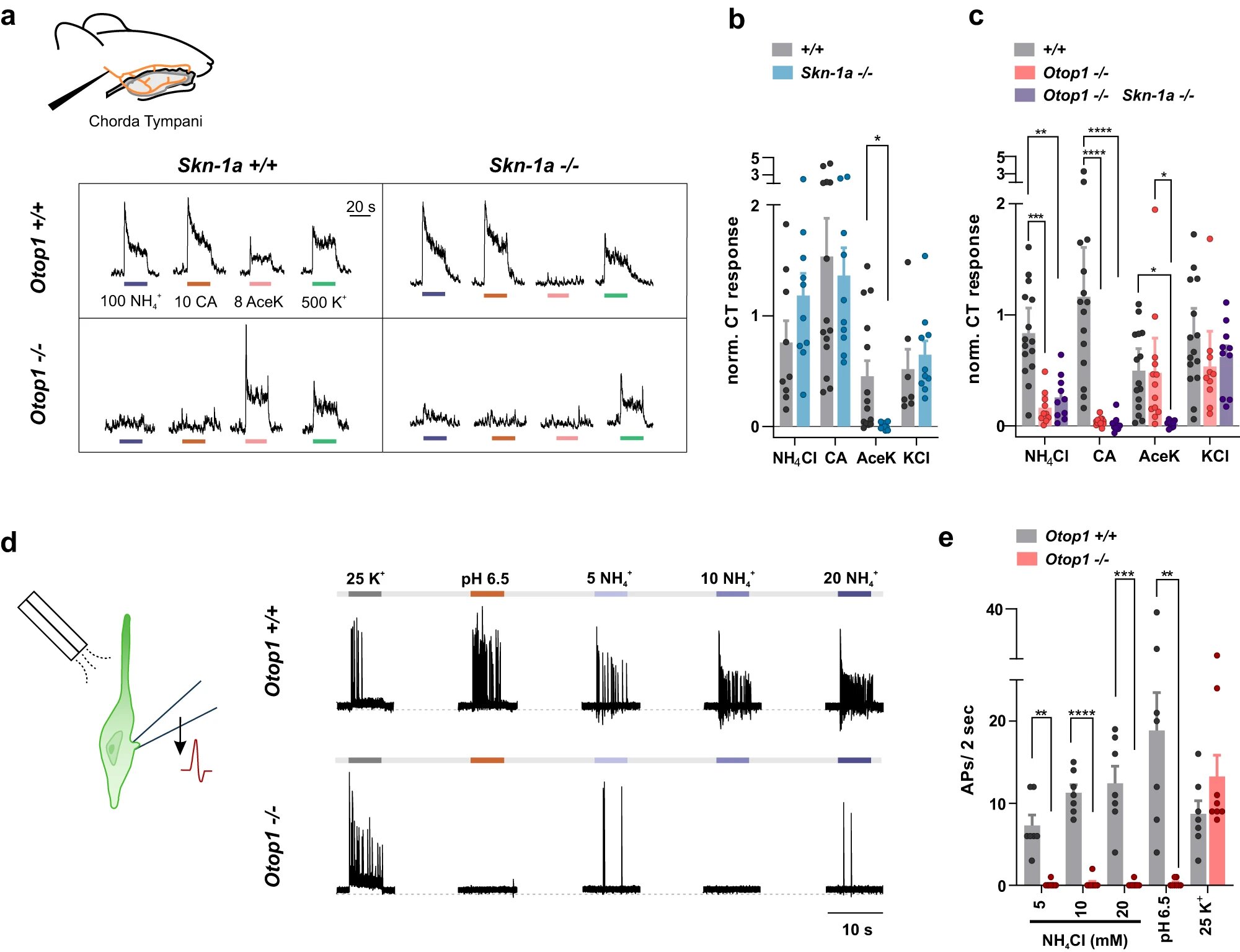I like the word ‘umami’, but it’s weird to me that they don’t just use ‘savory’ which is the same thing. Cool that it’s been figured out receptor-wise.
Umami is the fifth flavor. This paper is about the sixth, which doesn’t seem to have a name other than “ammonium chloride”.
“Solid Ammonium Chloride is used to make dry batteries”
I’ll definitely have to try some “sweet and battery” poached eggs.
I can’t believe it’s not battery!
Probably because the scientist was Japanese.
Weird that this flavour that’s been recognised in eastern cuisine for 100s if not 1000s of years uses a borrowed word in English when it’s only been acknowledged in western cuisine for a few decades.
FYI ‘savoury’ is a borrowed word from French.
It is weird that we have a word to describe it, yet instead used a different languages word for something we already have a word for.
It’s been acknowledged in western cuisine forever too lol. You think western chefs just could’ve put a finger on meat char tasting good across all of human history??
No it’s just that it was discovered to be a fundamental receptor on the tongue which responds to amino acids. It was discovered by a Japanese researcher. The weird eastern exceptionalism is just silly if you take five seconds to look into why it’s named umami.
Umami’s so fat…
Savory is kinda salty. Umami is kinda buttery
Umami is just a Japanese neologism for savoury. In my food science course at uni the two terms are used interchangeably.
okay who let the weeb name the taste
The Japanese scientist who discovered it
Weebs will take any chance they can get to name something with a japanese or other asian language’s word, true (isekai/portal fantasy, anyone?), but in this particular case “umami” became popularized because it was a japanese scientist that confirmed it was an actual basic flavor. Origin of research and not weeb culture is what put umami on the english map.
Is there actual evidence for these fundamental flavors? I am pretty dubious that taste is this reductive.
Most of what you perceive as “taste” is just using your sense of smell on food within the mouth, where it is very close to smell receptors.
To isolate taste informally, pinch your nose, stick your tongue out, and put food directly on the tongue when it’s outside your mouth. You’ll find that by itself your tongue can’t distinguish many flavors, that’s why everything tastes terrible when you have Covid or a bad cold.
Iirc you are right about taste with a cold, but with covid the receptors themselves are affected. Loss of smell and taste with covid can linger for months, after the initial infection has cleared up and the airways are open again.
The cells that encase the nerves (receptors) get infected, and become inflamed. This then means the nerve cells cannot transport nutrients along them, and can’t send a signal. Eventually that can lead to death of the nerves as well. This is also the way they found COVID to spread through the brain, not through the nerves themselves but the supporting epithelial (I think is the right name) cells.
Source: my professor at the time who was working on the research it told me
I believe it’s the nerve pathway between the receptors and the brain that are suspected to be affected. There was a trial where they did a nerve block and it brought the lost taste/smell back, which implies the receptors were unaffected.
deleted by creator
There are probably some bitter etc. compounds that are just super strong. Like lemon smells nice but it alone might be a bit too much.
deleted by creator
Additionally some compounds don’t become aromatic until they are dissolved in spit or digested by enzymes in your mouth. There’s also bitterness, which detects stuff associated strongly with poison.
I mean, idk if there’s any truth to this. My sense of smell is permanently disabled due to PCD and my sense of taste is still pretty accurate.
Yes. Tons of evidence. As others have said what you perceive as flavor is mostly several thousand or so distinct chemical receptors in your nose firing off based on the aromas of the food.
The only mention of what the flavour was, was this:
In research published in Nature Communications, USC Dornsife neuroscientist Emily Liman and her team found that the tongue responds to ammonium chloride through the same protein receptor that signals sour taste.
“If you live in a Scandinavian country, you will be familiar with and may like this taste,” says Liman, professor of biological sciences. In some northern European countries, salt licorice has been a popular candy at least since the early 20th century. The treat counts among its ingredients salmiak salt, or ammonium chloride.
So is this ‘mediciney’ flavour, then? (black licorish, ouzo, root beer, those weird candies they sell at ikea…)
For science!

I actually like licorice ;)
It’s the salt on the licorice.
If you mean sweet licorice, then no: Salt/salmiac licorice is to licorice as dolphins are to fish. Salmiac is unlike anything else you ever had, the first time you will hate it and question why someone would do something as stupid to a reasonable treat as licorice; and licorice will be reasonable to everyone in comparison, even of you did not like it before.
You do get used to it though and I somehow somewhat dig it by now.
deleted by creator
What am I missing here? Because it sounds like they’re saying they’ve discovered a new thing that registers to us as sour, not actually a new flavor?
Annoyingly, the article never said what it tasted like.
Like liquorice, the really intense one (salmiak). i don’t think English has a word for it, since it was not recognized as a flavor before.
The thing is, I know the flavor but wouldn’t know how to describe it to someone who doesn’t. Asian (Korean and Chinese, to be precise) friends told me it tasted like medicine to them, because apparently it’s a common flavor in traditional medicine for them?
Edited for typos.
Nope, the anise/liquorice flavour mostly comes from anisole being detected by scent receptors in the nose/mouth, not by taste receptors. The 6th taste that the article is discussing is triggered by ammonium chloride and would probably best be described as an ammonium taste - kinda like how savoury taste mostly comes from the activation of nucleotide and glutamate taste receptors.
Is it perhaps ginseng flavour? That I find really strong, it also kind of smells like penicillium
Anise?
No, the paper says it shares a receptor with sour, not that it tastes like sour.
Just as “orange” and “purple” have receptors in common but are not perceived as the same.












